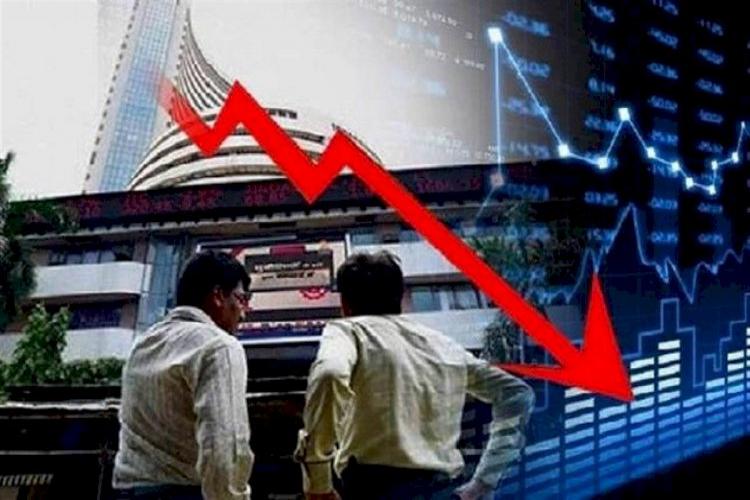Share Market Crash: Know Why The Indian Stock Market Is Falling Rhetorically..

New Delhi : Indian stock markets have been witnessing a decline in the last few weeks. Foreign institutional investors are continuously withdrawing their money from the Indian capital market. During early trading on Monday, the BSE Sensex fell 1568.02 points and came down to the level of 52734.98. According to VK Vijayakumar, Chief Investment Strategist, Geojit Financial Services, the short-term market trends look weak. With regard to the US inflation rate, where the market was expected to remain at 8.3 percent, it came to 8.6 percent. In view of this, the US Federal Reserve may adopt a hawkish stance. Such a situation is negative for risky assets such as equities. Especially when there is a slowdown in global growth. Stability in the Indian stock market will come only when the US stock markets are stable.

Foreign portfolio investors (FPIs) have also influenced investor sentiments. FPIs have been net sellers for 8 consecutive months. So far in June, he has sold Rs 13,888 crore. With this, FPIs have sold shares worth 1,81,043 crore so far this year.
According to a research report by Kotak Securities, the US inflation rate in May stood at 8.60 percent, which is the highest in 40 years. Consumer prices in the US have been rising steadily over the past few months. Now there are heated discussions that the US Federal Reserve will adopt a strict monetary policy to control inflation and increase interest rates. This is also one of the main reasons for the decline in global stock markets. Equity and commodities markets saw a fall after the US inflation data came out on Friday, with the US dollar recording a sharp rise.

Salil Kapoor, Senior Executive Vice President, IIFL Wealth, said that the tightening of monetary policy at the global and domestic levels has led to volatility in the stock markets. Since the Indian stock markets are already adapting to the hike in the repo rate, the yields did not see much impact after the policy rates were announced. Looking at the yield curve and the swap curve, it can be said that the stock market is taking pre-monsoon growth projections in the repo rate. The yield curve of 3-5 year bonds on a risk-adjusted basis looks attractive.
(This story has not been edited by localpostit.com and is auto–generated from a syndicated feed we subscribe to)




